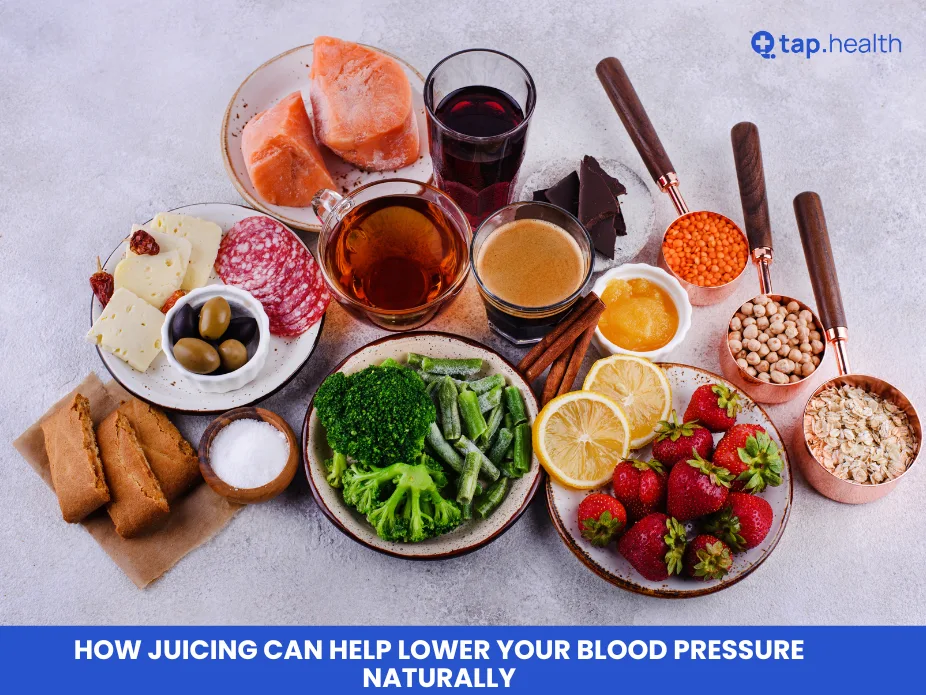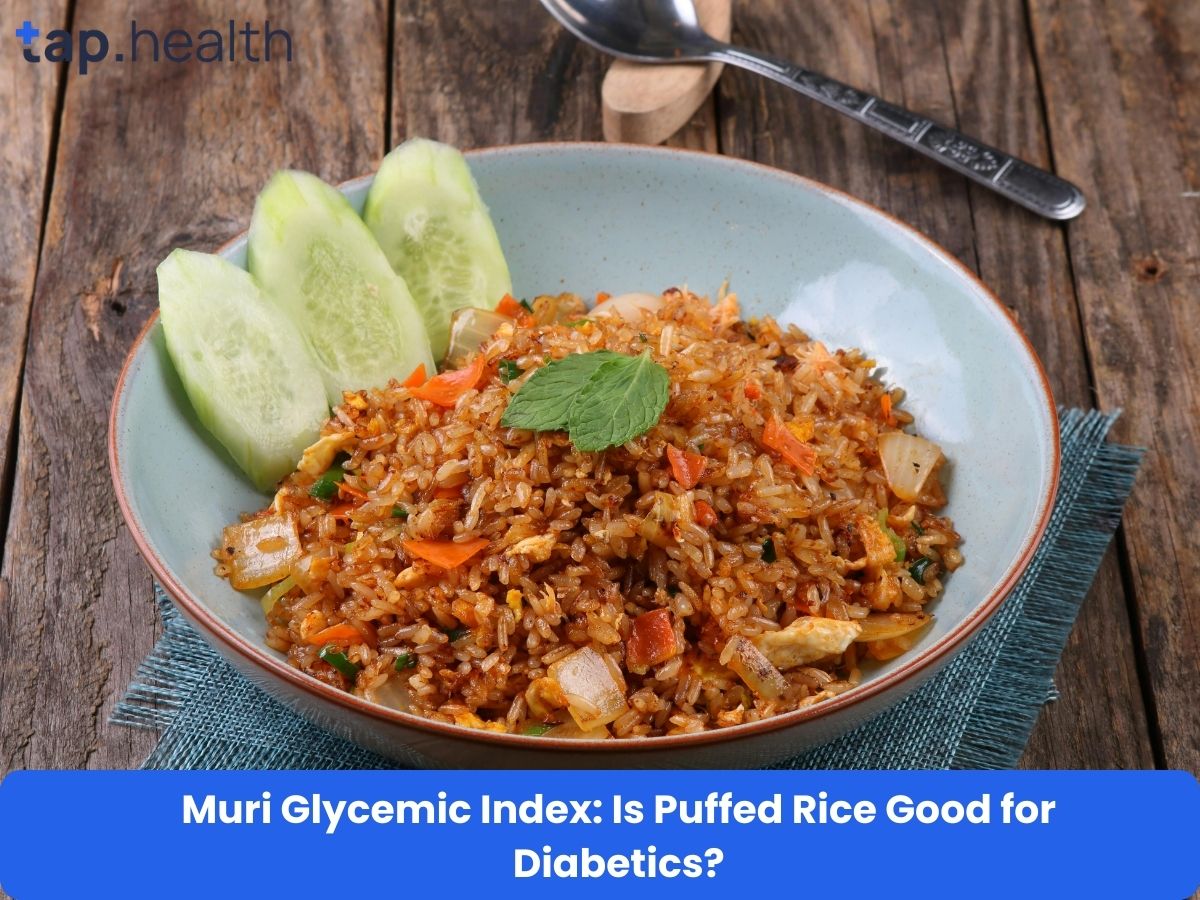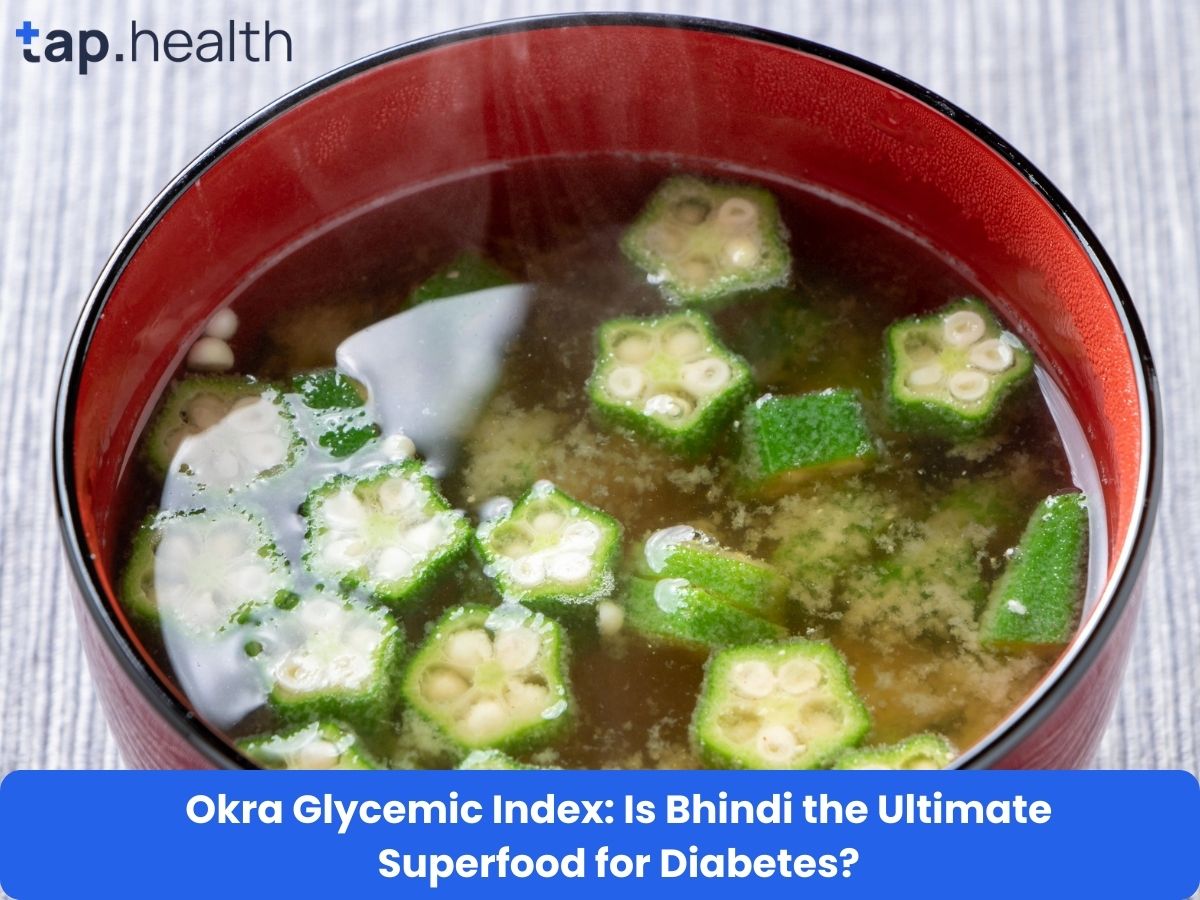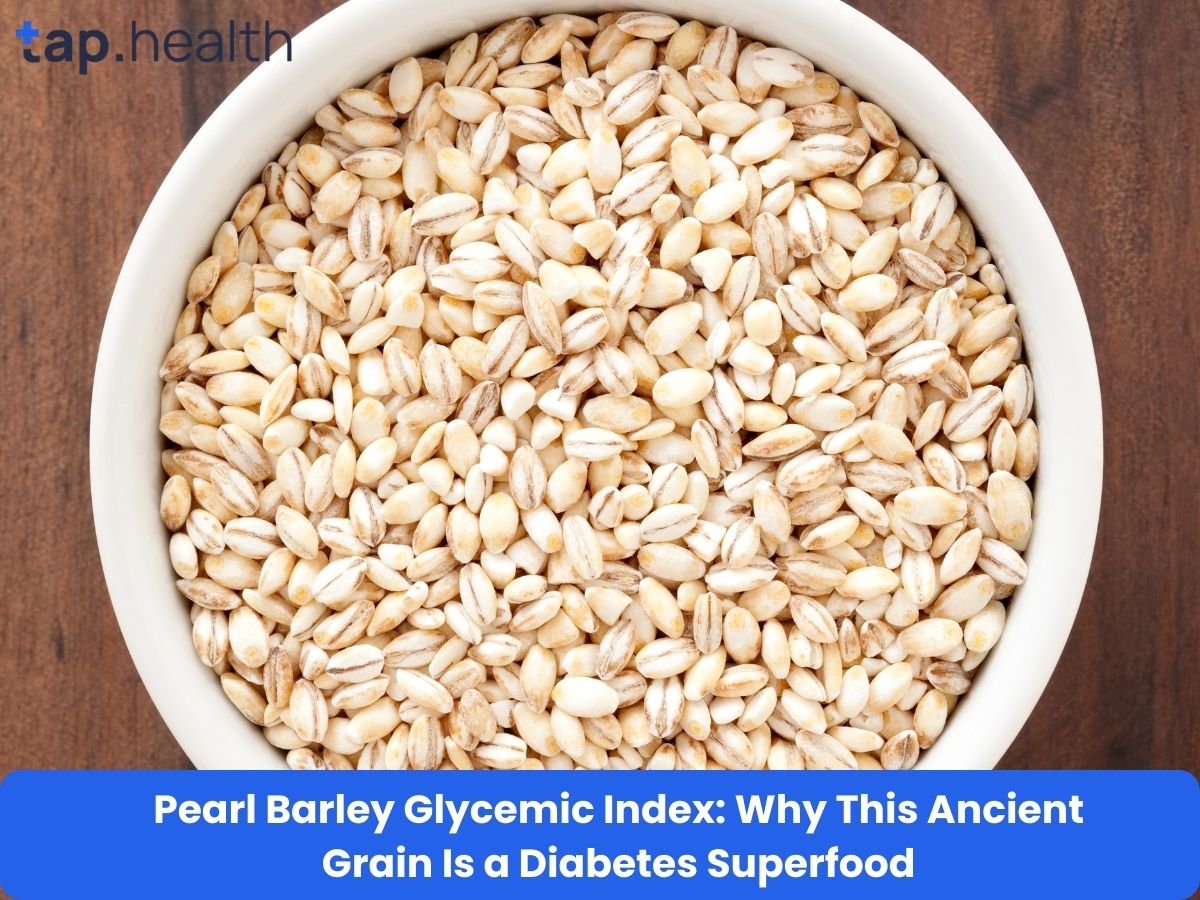How Juicing Naturally Lowers High Blood Pressure
High blood pressure affects millions globally. This silent condition strains arteries and raises risks of heart disease, stroke, and kidney damage. While medications help, natural remedies like juicing for blood pressure offer powerful support through potassium-rich juices, antioxidant-packed drinks, and nitrate-loaded vegetables.
What Causes Hypertension and Why Diet Matters
Hypertension occurs when blood consistently pushes too hard against artery walls. Readings above 130/80 mm Hg signal danger. Key triggers include high sodium intake, low potassium levels, stress, obesity, and sedentary lifestyle.
Potassium acts as sodium’s natural counterbalance. It relaxes blood vessels, reduces fluid retention, and eases heart workload. Most people consume far less potassium than needed. Fresh juices deliver concentrated doses quickly.
Best Juices to Lower Blood Pressure Fast
Beetroot Juice for Blood Pressure Reduction
Beetroot tops every list of blood pressure lowering juices. Its nitrates convert to nitric oxide, widening blood vessels dramatically.
Recipe: 1 medium beet + 1 apple + ½ lemon Effect: Drops systolic pressure 4-10 mm Hg in hours Science: British Journal of Nutrition confirms daily beet juice lowers hypertension significantly.
Celery Carrot Juice Blend
Celery contains phthalides—unique compounds that relax artery walls. Carrots add beta-carotene and extra potassium.
Recipe: 2 carrots + 3 celery stalks + ½ cucumber Benefit: Reduces both systolic and diastolic readings naturally Proof: Journal of Clinical Hypertension validates celery’s vasodilating power.
Spinach Apple Green Juice
Spinach delivers magnesium, folate, and potassium trio essential for heart health.
Recipe: 2 cups spinach + 1 green apple + ½ lemon Advantage: Balances electrolytes while controlling inflammation Research: American Heart Association links magnesium-rich greens to 10% lower hypertension risk.
Pomegranate Juice Benefits
Polyphenols in pomegranate protect arteries and reduce oxidative stress.
Recipe: Seeds from 1 pomegranate + splash of water Impact: Lowers systolic pressure and improves endothelial function Evidence: Clinical Nutrition studies show consistent benefits.
Watermelon Citrulline Juice
Citrulline converts to arginine, boosting nitric oxide production.
Recipe: 3 cups watermelon + fresh mint + lime Result: Hydrates while relaxing blood vessels Studies: American Journal of Hypertension reports significant drops.
How Much Juice Lowers Blood Pressure
Drink 250-500 ml daily of vegetable-heavy juices. Results appear within 1-2 weeks. Combine with sodium reduction under 1500 mg/day for maximum effect.
Real Success Stories
Sarah dropped from 152/94 to 128/82 in 21 days using beetroot-celery combo every morning. Mike reduced medication dosage after adding spinach-kale juice alongside walking routine.
Expert-Backed Natural Blood Pressure Remedies
Dr. Sarah Chen, Cardiologist: “Patients who replace morning coffee with beetroot juice often see 8-12 mm Hg drops without side effects.”
Nutritionist Lisa Park: “Focus 70% vegetables, 30% fruits in your hypertension juice recipes to avoid sugar spikes.”
Science-Proven Mechanisms
- Nitrates → Nitric oxide → Vessel dilation
- Potassium → Sodium excretion → Reduced fluid pressure
- Antioxidants → Less arterial stiffness
- Magnesium → Smooth muscle relaxation
Harvard studies show each 1-cup increase in nitrate-rich vegetable juice correlates with 2.5 mm Hg lower systolic pressure.
Daily Juicing Schedule for Hypertension
Morning: Beetroot + carrot + ginger Afternoon: Celery + cucumber + lemon Evening: Spinach + apple + parsley
Precautions When Juicing for Blood Pressure
- Start slow if on blood pressure medication—monitor readings
- Choose organic produce to avoid pesticides
- Include pulp for fiber benefits
- Limit fruit to prevent blood sugar issues
Complementary Lifestyle Changes
Walk 30 minutes daily. Sleep 7-8 hours. Practice deep breathing. Reduce processed foods. These amplify juicing benefits exponentially.
Can Juicing Also Help Manage Diabetes While Lowering Blood Pressure at TapHealth?
Yes. Low-glycemic vegetable juices stabilize blood sugar while delivering hypertension-fighting nutrients. TapHealth‘s diabetes-friendly juice protocols combine beetroot, bitter melon, and fenugreek juices—dropping both HbA1c and blood pressure simultaneously. Patients following TapHealth’s dual-management plan see average reductions of 18 mm Hg systolic and 1.2% HbA1c within 90 days.
References
American Heart Association:
- Potassium and Blood Pressure: https://www.heart.org/en/news/2020/07/29/potassium-rich-foods-help-lower-high-blood-pressure



